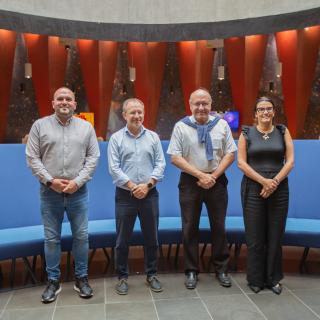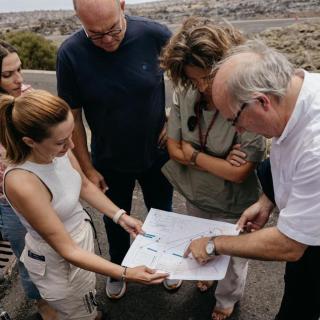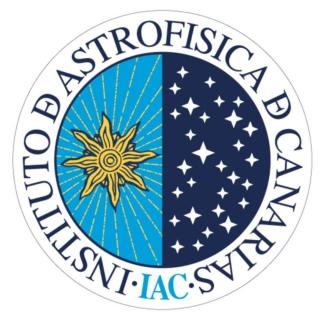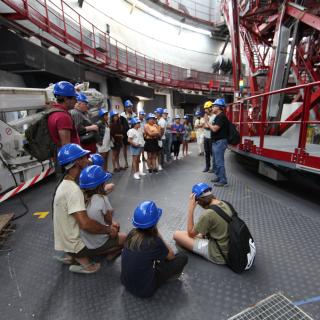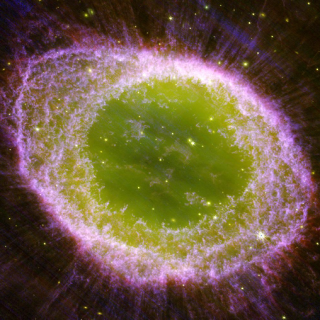
This Tuesday, 22 August, the Science Communication and Outreach Unit (UC3) of the Instituto de Astrofísica de Canarias (IAC) and the Asociación Canaria de Amistad con el Pueblo Saharaui (ACAPS), in collaboration with the Museo de la Ciencia y el Cosmos (MCC, Museos de Tenerife), organised a day of outreach activities as part of the " Vacaciones en Paz" (Holidays in Peace) programme and the Amanar project. Saharawi children and their host families in Tenerife, a total of 28 participants, enjoyed talks and workshops on astronomy, solar observations and guided tours at the MCC, as well as
Advertised on
